Airman Second Class Leslie “Lester” Hicks
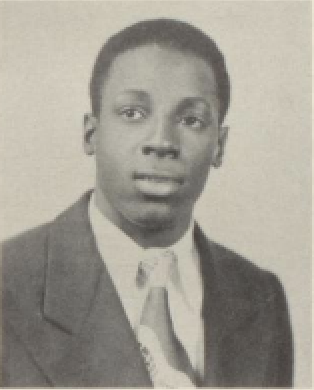
- Unit: 81st Motor Vehicle Squadron, 81st Tactical Fighter Wing,
- Date of Birth: August 18, 1929
- Entered the Military: December 8, 1950
- Date of Death: August 29, 2018
- Hometown: Hartford, Connecticut
- Place of Death: Hartford, Connecticut
- Award(s): Good Conduct Medal, National Defense Service Medal
- Cemetery: Section 64, Row E, Site 13. Connecticut State Veterans Cemetery, Middletown, Connecticut
Early Life
Leslie “Lester” Hicks was born August 18, 1929, in Hartford, Connecticut, to Essie and Mollie (Mainor) Hicks. As the second youngest child of eight, Lester lived in a lively household with five brothers (Rufus, Howard, Harris, Clarence, Frederick) and two sisters (Jessie and Marie). Lester’s father, Essie, supported the family as a laborer at the local brickyard, while his mother, Mollie, stayed home and cared for the children.
Hicks attended Enfield High School where he was an active and accomplished member of the student body. According to his school yearbook, Hicks participated in basketball, football, Future Farmers of American (FFA), orchestra, and French club. His yearbook quote, “Work first and then rest,” aptly captured his industrious, hard-working nature.
On July 30, 1945, tragedy struck the Hicks family when Lester Hicks’s older brother Clarence, a U.S. Navy Seaman serving in the Philippines during World War II, was reported missing and later declared dead. Lester’s mother, Mollie, turned deeply into her faith as a deaconess at Mount Olive Baptist Church. She also coped with her loss by joining the Gold Star Mothers group at Tanguay-Magill Post 80 of the American Legion.
For young Lester, the loss of his brother, whom he greatly admired, likely encouraged his interest to join the service. After graduating from high school in 1948, Hicks attempted to enlist in the U.S. Navy but was rejected due to his drooping left eye. As a result, he went to work as a truck driver. He also fell in love, and on September 16, 1950, at age 21, he married 19-year-old Bernice Kennedy, only two months before making his second military enlistment attempt.

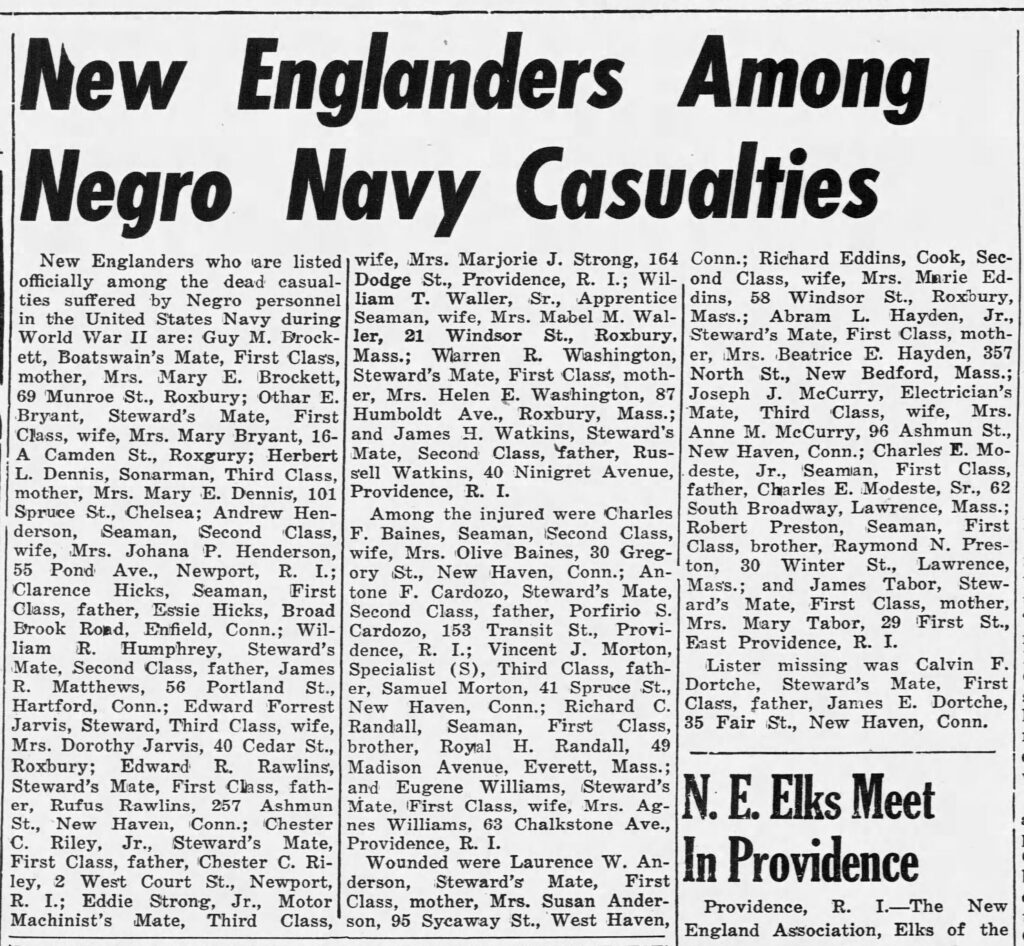
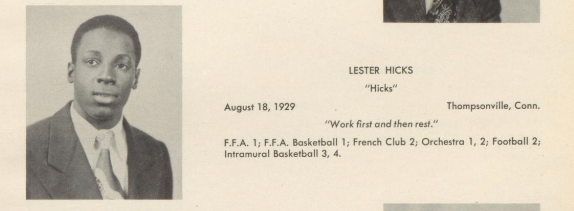
Homefront
In the 1940s, the Hartford-Bridgeport, Connecticut area was a prime example of patriotic spirit and industrial mobilization to meet the country’s warfare needs. Connecticut boasted a large technological and industrial presence that contributed to the war through aircraft, weaponry, and parts production. Colt, GE, Vought-Sikorsky, and Jenkins Brothers, represented only a few of Connecticut’s industrial leaders during wartime.
During World War II and the Korean War, Connecticut was the nation’s leading producer of weaponry. The Colt factory in Hartford produced guns for the military, while the General Electric (GE) complex in Bridgeport engineered the bazooka to defeat enemy tanks.
In addition to weaponry, Connecticut was a major contributor in the field of military aviation. Vought-Sikorsky Aircraft Corporation landed contracts with the U.S. Army during the 1940s for the production of helicopters and amphibious aircraft. The corporation was a significant employer in the Hartford-Bridgeport area, where overall industrial growth in the 1940s fueled major economic and population expansion.
Jenkins Brothers’ Bridgeport plant, which began operations in the 1920s, manufactured rubber components and iron valves. During World War II and the Korean War, Jenkins significantly ramped up parts production, which was in high military demand for use in ships, airplanes, submarines, and other manufacturing plants.
Beyond its industrial contributions, Connecticut citizens, like others nationwide, participated in rationing, purchased war bonds, planted victory gardens, and joined the military to support the war effort.
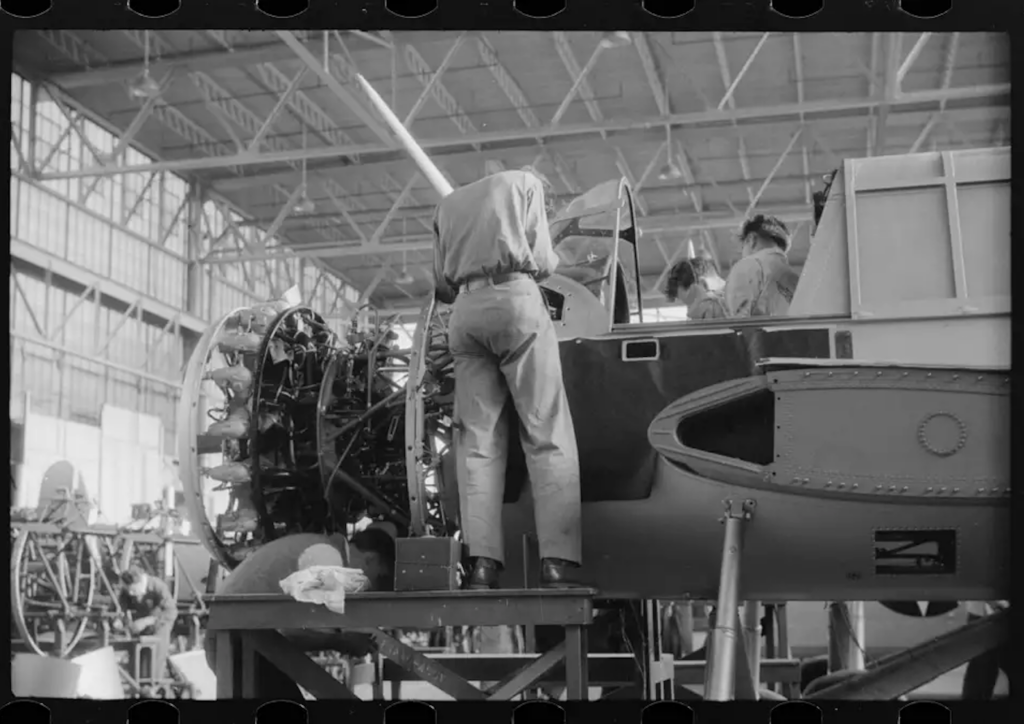
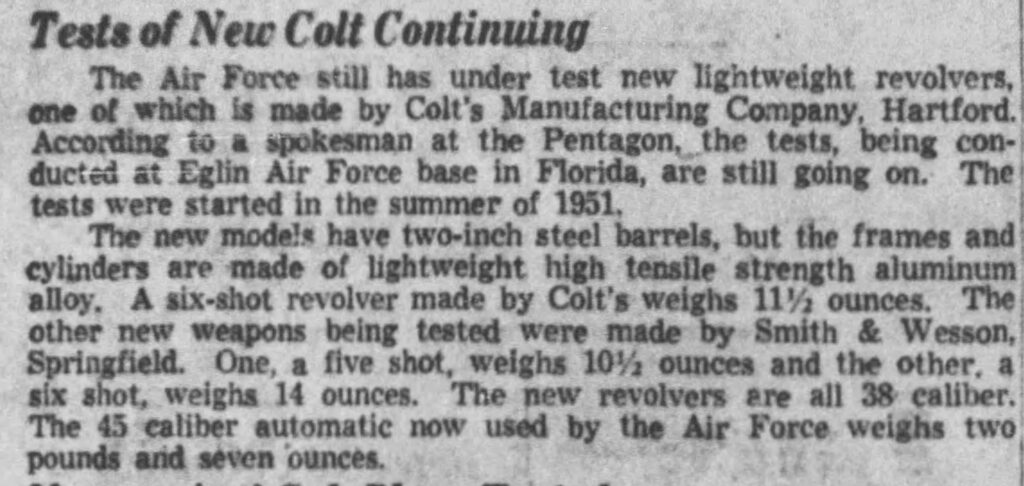
Military Experience
Only six months after the Korean War began, Lester Hicks enlisted in the U.S. Air Force on December 8, 1950. On December 13, Private Hicks was assigned to the 3707th Basic Military Squadron and sent to Lackland Air Force Base for training. However, Lackland was experiencing severe overcrowding at that time. They had an influx of 70,000 recruits even though their facilities were only designed to handle 28,000. As a result, 10,000 recruits were forced to sleep in temporary tent cities on canvas cots with no mattresses. Many recruits were quickly shuffled out to other nearby facilities to complete their training.
On December 17, Hicks was reassigned to the 3741st Basic Military Training Squadron at Sheppard Air Force Base in Wichita Falls, Texas. There he completed his basic training to become a motor vehicle mechanic on January 31, 1951.
From February 2, 1951 until August 18, 1951, Hicks was assigned to Larson Air Force Base in Washington, where he was part of the 81st Motor Vehicle Squadron that was attached to the 81st Tactical Fighter Wing. Private Hicks worked in a supply unit as a motor vehicle maintenance helper on the base, and on May 1951, he was promoted to private first class.
On August 29, 1951, Private First Class Hicks was sent overseas to South Hampton, England, as part of the 81st Motor Vehicle Squadron at Bentwaters Royal Air Force (RAF) Base in England. The purpose of the U.S. 81st Tactical Fighter Wing was to defend the United Kingdom. Hicks’s job was to maintain motor vehicles at the base. On April 17, 1952, Hicks received a promotion to the rank of airman second class and, with it, assumed greater responsibilities in the Motor Vehicle Squadron.
On April 20, 1954, Hicks was sent back to the United States. Following processing in New York, he spent his final six months of military service, from May 16 to December 7, 1954, in the 63rd Motor Vehicle Squadron at Donaldson Air Force Base in South Carolina.
On December 7, 1954, Airman Second Class Hicks received an honorable discharge and separated from military service. Hicks was awarded both a Good Conduct Medal and a National Defense Service Medal for the exceptional performance of his duties.

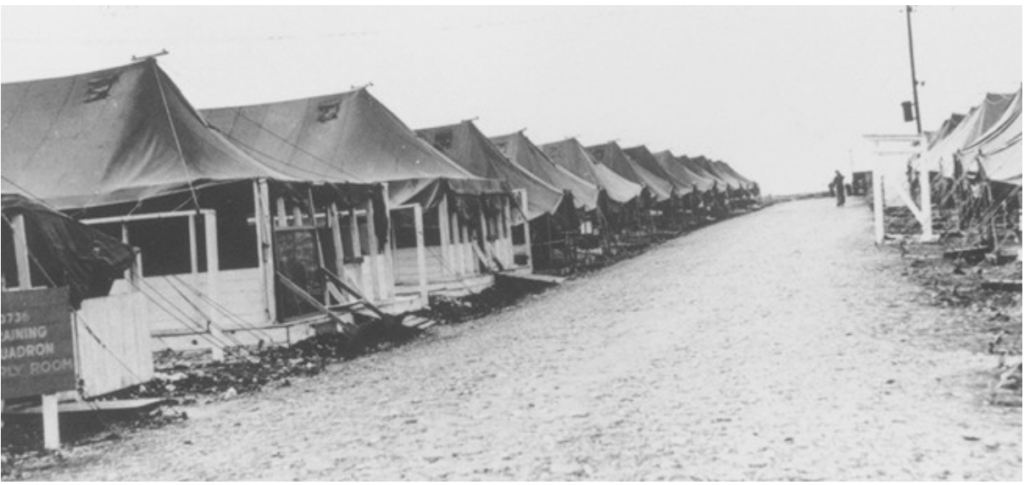
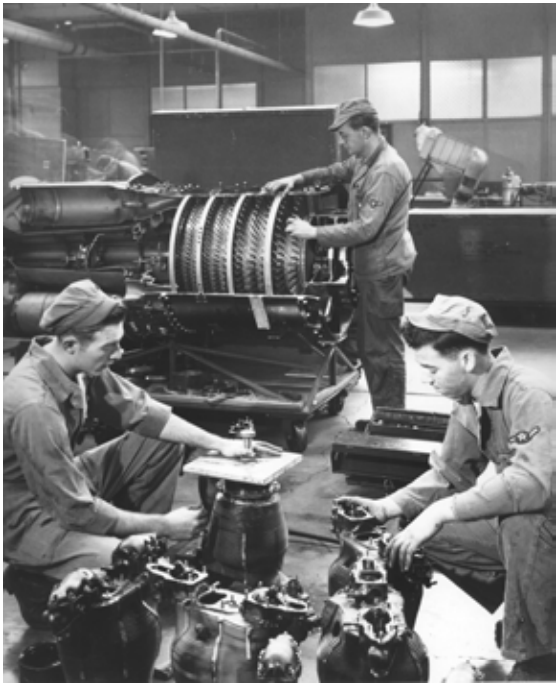
Veteran Experience
Following his honorable discharge from the Air Force, Lester Hicks returned to his home and his wife Bernice in Hartford, Connecticut. To support his growing family, which eventually included eight children, Lester Hicks went to work for the United States Postal Service, a job he held for 54 years.
Lester and Bernice Hicks were faithful lifelong members of Mount Olive Ministries, where his mother was a founding member. Lester served as an usher while Bernice ran the church’s food pantry for many years. Lester Hicks was also an avid and accomplished bowler.
Commemoration
Lester Hicks passed away on August 29, 2018, at the age of 89, only one month shy of celebrating his 68th wedding anniversary. He is buried at the Connecticut State Veterans Cemetery in Middletown, Connecticut.
Less than three months later, on November 8, 2018, Bernice Hicks passed away and joined her soulmate in eternity.


Bibliography
Primary Sources
Connecticut. Hartford County. 1930 U.S. Census. Digital images. https://ancestryclassroom.com.
Connecticut. Hartford County. 1950 U.S. Census. Digital images. https://ancestry.classroom.com.
“Deacon Essie Hicks Death Notices.” Hartford Courant [Hartford, CT], May 17, 1988. Newspapers.com (242733850).
Delano, Jack. In the Vought-Sikorsky Aircraft Corporation, Stratford, Connecticut. Photograph. October 1940. Library of Congress (2017748352). https://www.loc.gov/item/2017748352/.
Enfield High School Yearbook. Enfield Public Schools, 1948.
“Hicks.” Hartford Courant [Hartford, CT], June 10, 1980. Newspapers.com (368544167).
“Hicks.” Hartford Courant [Hartford, CT], October 8, 1979. Newspapers.com (368435302).
“Hicks, Lester L.” Hartford Courant [Hartford, CT], September 2, 2018. Newspapers.com (479332950).
Lester Hicks, Official Military Personnel File, Department of the Air Force, National Archives and Records Administration – St. Louis.
Lester Hicks. U.S., City Directories, 1822-1995. Digital images. https://ancestry.com.
“New Englanders Among Negro Navy Casualties.” New England Bulletin [Hartford, CT], July 6, 1946. Newspapers.com (912644656).
“Tests of New Colt Continuing.” Hartford Courant, December 20, 1952. Newspapers.com (370276141).
U.S. Census Bureau. 1950 Census of Housing: Dwelling Units in Connecticut: April 1, 1950. Washington, DC: Government Printing Office, 1950.
Valerie Jean Hicks. Virginia U.S., Marriage Records, 1936-2014. Digital Images. https://ancestry.com.
Secondary Sources
“Bernice M. Hicks.” Find a Grave. Updated April 27, 2019. Accessed March 22, 2025. https://www.findagrave.com/memorial/198663277/bernice_m-hicks.
“Companies: 20th Century Bridgeport.” Last modified 2014. Accessed March 19, 2025. https://www.bridgeporthistory.org/News.aspx.
DaRosa, Andrew. “#ThrowbackThursday: Connecticut speeds into the 1940s.” Last modified April 18, 2019. Accessed March 19, 2025. https://www.ctpost.com/living/article/ThrowbackThursday-Connecticut-speeds-into-the-13769768.php.
“Lester Hicks.” National Cemetery Administration. Accessed March 19, 2025. https://gravelocator.cem.va.gov.
Lester Hicks. U.S. Veterans’ Gravesites, 1775-2019. https://ancestryclassroom.com.
“Leslie ‘Lester’ Hicks.” Find a Grave. Updated September 1, 2018. Accessed October 23, 2024. https://www.findagrave.com/memorial/192743529/leslie-hicks.
“Lester Hicks.” Veterans Legacy Memorial, U.S. Department of Veterans Affairs. Accessed March 25, 2024. https://www.vlm.cem.va.gov/LESTERHICKS/4A00BD.
Manning, Thomas. A. History of Air Education and Training Command, 1942-2002. Office of History and Research Headquarters, Randolph Air Force Base Air Education and Training Command, 2005.
Sligh, Robert B. Air Training Command and The Korean War. Office of History and Research Headquarters, Randolph Air Force Base Air Education and Training Command, 2005.
This profile was funded by a grant from the United States Department of Veterans Affairs. The opinions, findings, and conclusions stated herein are those of the author and do not necessarily reflect those of the United States Department of Veterans Affairs.

